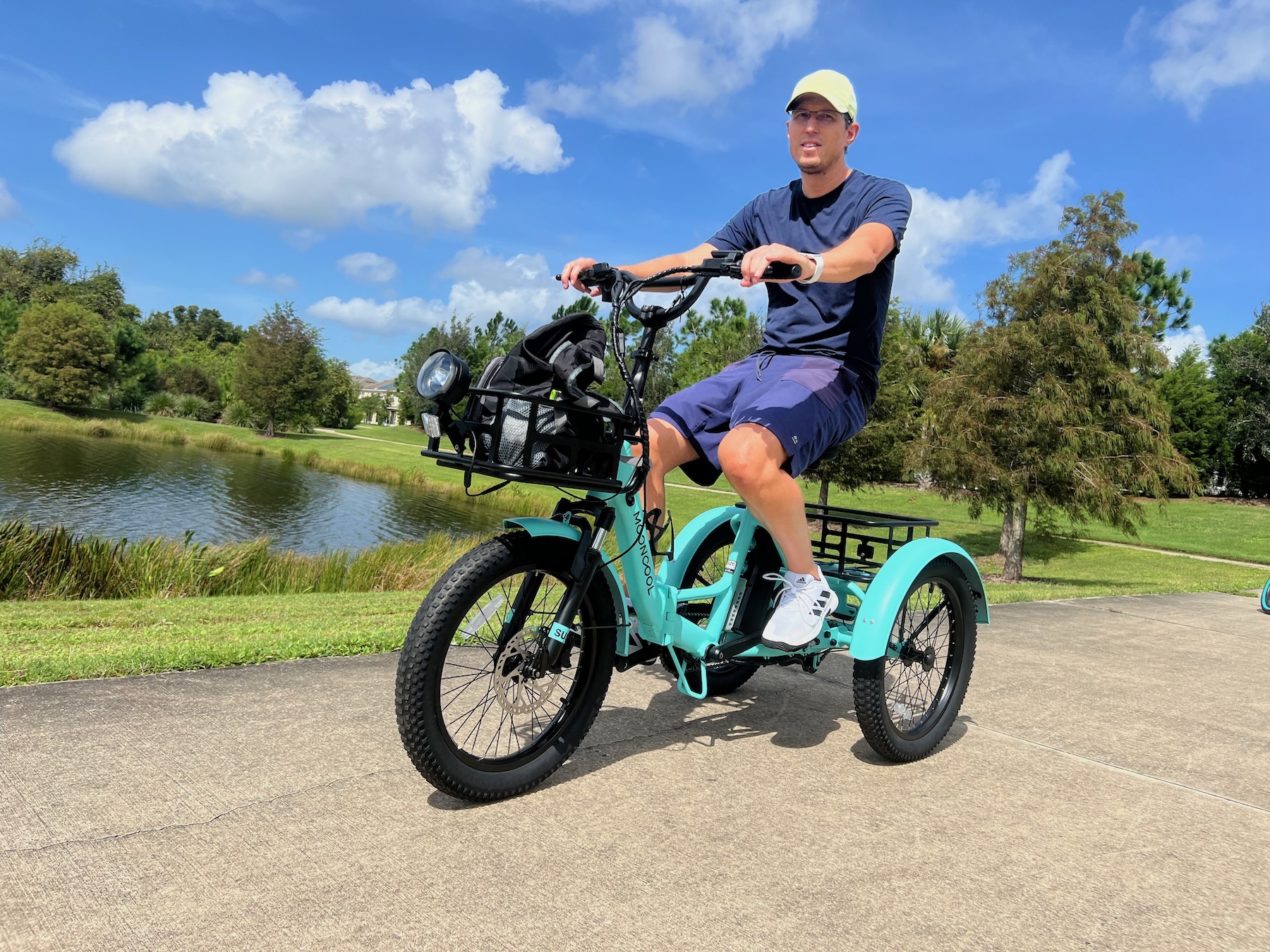Generative AI is powered by large language models. Language means culture, and we’ve got a very diverse set of cultures and languages in Europe. Therefore, one cannot speak about global gen AI applications, because you must take the local context and culture into account, which makes Europe quite a unique place.
For the first time in 15 years, we’re experiencing the birth of the next generation of platforms. Think about the first smartphone, social network, or cloud application yodu first saw in 2007, and then all the apps that appeared on top of them. And suddenly, we now have AI—not just generative AI—augmented in virtual reality, coming together with Web 3 to form the new platforms. This will allow many European companies to create the first hyperskillers of the future, as well as a lot of the applications on top of these platforms.
If we think about the second dimension of generative AI, it’s really around changing our current social interactions. Imagine a voice-activated virtual assistant that helps you schedule your day, shop, and even provides emotional support when needed. This idea creates enormous opportunities for new applications that could be developed by European technologists and entrepreneurs. We’re seeing a lot of European entrepreneurs and technologists returning to their countries to help solve very local problems. One of the toughest problems we’re dealing with involves ageing. Therefore, we could apply technology, and generative AI in particular, to provide support for an ageing population.


.jpg)